How Electric Power Assisted Steering (EPAS) Works, And How It Compares To Hydraulic
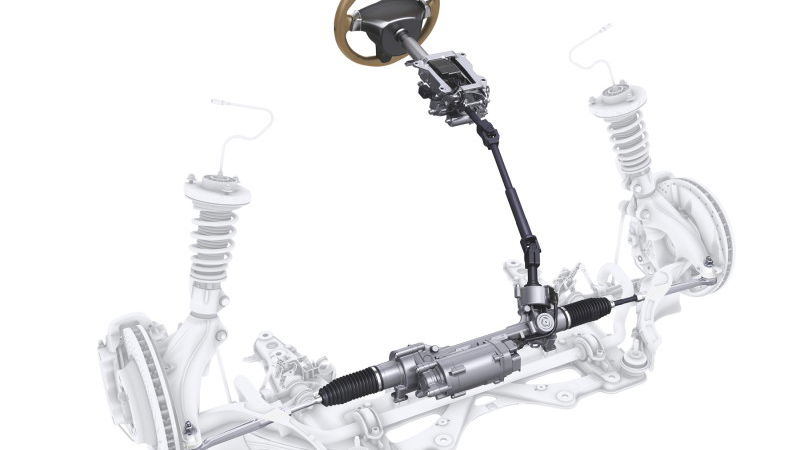
A long time ago, before the days of power steering, a steering rack was one of the most analogue systems on a car. Using a rack and pinion, simple mechanical rotation and pure arm strength was all it took to get the car pointed in your desired direction.
Then, hydraulic power steering came along, cutting strain on biceps everywhere for decades to come. In short, a hydraulic pump is powered by a belt, itself driven by the engine, which then moves a power ram with hydraulic fluid. That’s done to reduce the effort needed to steer the car.
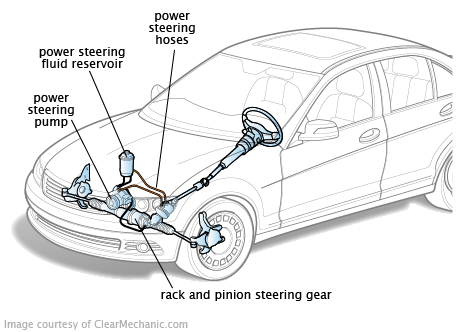
Hydraulic systems aren’t totally extinct on new cars, but electric systems have become more commonplace in recent years. So, how does electric power-assisted steering (often referred to as EPAS) work, and what are the pros and cons? We explain.
How does EPAS work?
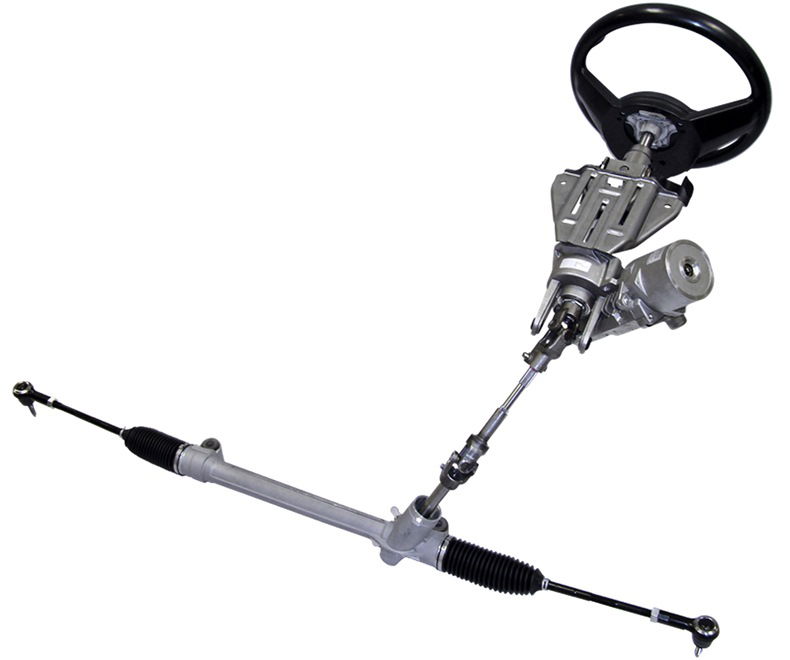
EPAS switches a hydraulic steering pump for electric motors, as seems to be the trend with pretty much any form of mechanised technology in the last decade or so.
Motors are usually placed at the base of the steering column or directly on the rack itself. Sensors then pick up the amount of steering lock being applied, and then add a proportional amount of force to the input.
Think of it a bit like the opposite of a sim racing wheel. Whereas they use electronic motors to add force and weight to a wheel, the ones on an EPAS system aim to reduce the force required to turn a car.
Why use EPAS over a hydraulic system?
Simplicity is the main thing here. Motors and sensors are easier to maintain, generally more reliable and often weigh less than all the bits required to make hydraulic power steering work.
There’s also the benefit of no parasitic losses from the engine. With hydraulic systems taking drive from a belt, an engine will have to sacrifice a little bit of power to make it work. It’s generally minute, but something is worse than nothing.
Are there downsides to EPAS?
As with many modern car technologies, there’s no rational reason for it to be considered a worse system than hydraulic power steering.
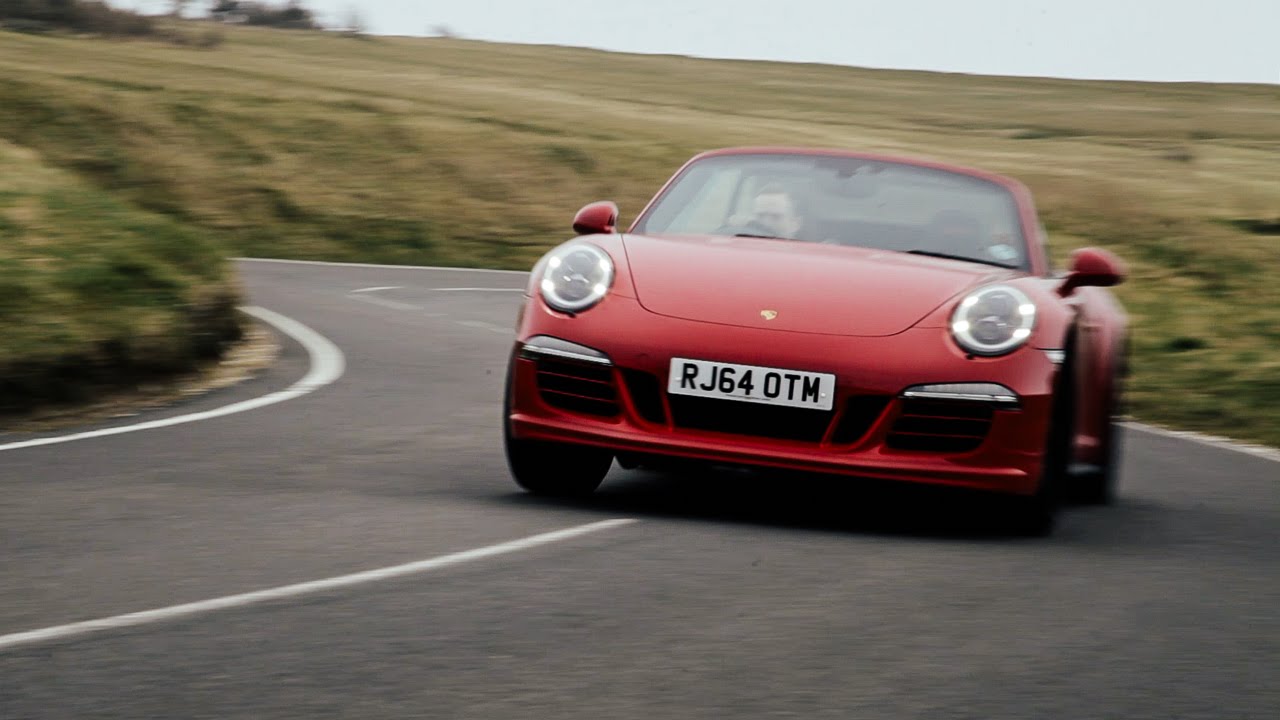
Irrationally, though, for those of us who like driving and enjoy things like feeling what the car is doing, you lose some of that connection. Forces don’t return back through an electronic system in the same way they do a hydraulic one (nor none at all, if we go really far back), and naturally, that means a car generally feels more digital to drive. Not ideal for something like a sports car.
Some manufacturers do a more convincing job than others are returning some of that. Porsche, for example, has done well to bring its EPAS system a bit of life. It really comes down to personal preference, though.
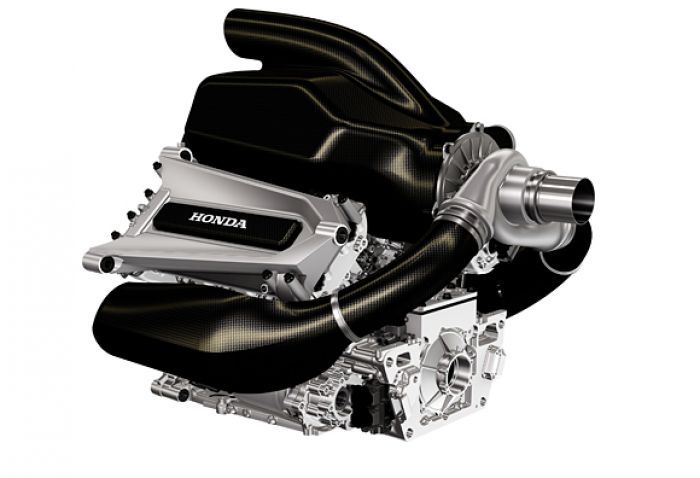

Comments
What about an electric power steering fluid pump? I know MR2s have them along with quite a few cars you wouldn’t expect to have them, would they provide an improvement in economy? Would they not negate the need for a fully electric system?
I went from a hydraulic steered sports car (350z) to an electric (Mustang) and there is an obvious difference in feel. The Ford unit is pretty good but it simply doesn’t match the feedback. Also changing amount of assist on EPAS does absolutely nothing for road feel, just changes how heavy the steering is.
Want the best steering mechanism? No power steering. 100% feedback, more weight reduction, more mpg, faster car. There’s even an added feature, you won’t need to go to the gym to work out, just try to park your car maybe 7 or 8 times and it will be enough for the day.
People going on about electric streeing having no feel to it and not being pure but don’t realise that the gt86 uses EPAS and is considered one of the best driving cars around…
All power steering systems feel like crap compared to non-PAS… Until you get to parking
Electro power steering is awful, much better driving experience driving any 20 year old budget car with hydro power steering
I always hear things that EPAS is bad and you get no feel but my 2013 mustang has epas and I feel the steering just as much as my 2000 mustang with normal power steering. I guess it depends on the brand. I know im not the only one who thinks like this, many reviews have said the same thing.
And yes, when im running over crowds I can feel it in the seteering wheel.
God’s Hand approves this post.
ah, my MR2 from 1991 has electric steering. I like it but always prefer none assited steering. on my cars, like my old miata, and 944 didnt have power steering
An example of how NOT to do EPAS is the 2nd gen Prius.
It’s fine for the targeted audience (people who want a no-hassle gas sipper) but for people like us, that is the biggest drawback to the car.
My parents thought I was crazy when I said I didn’t like how the steering felt.
Pagination